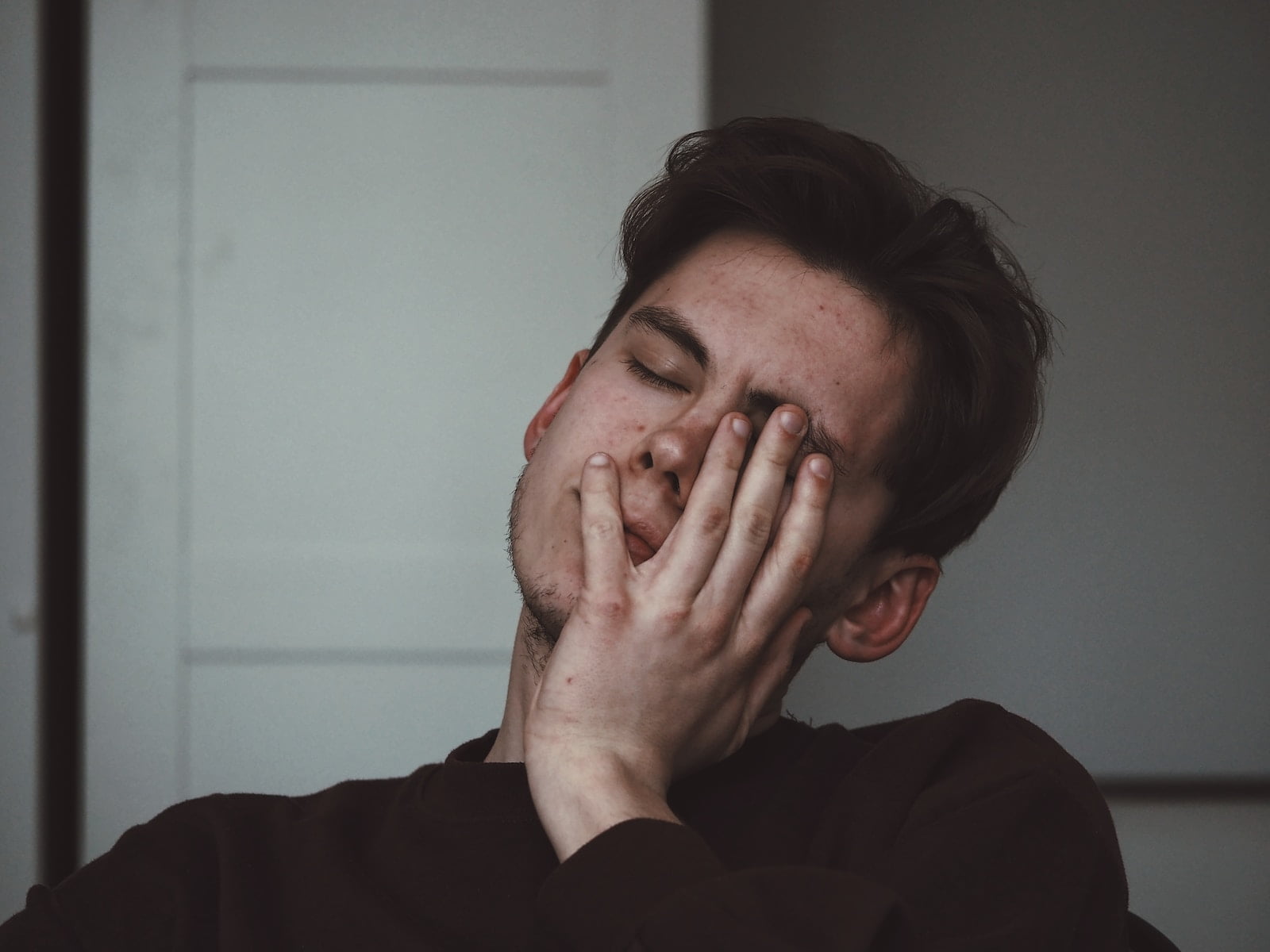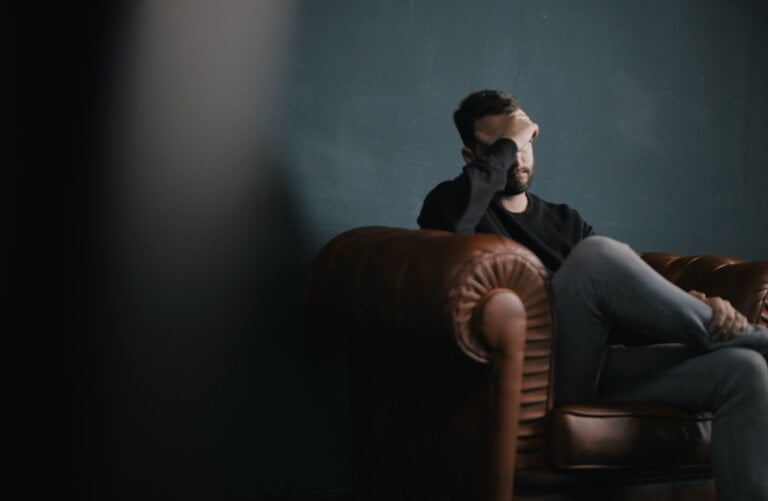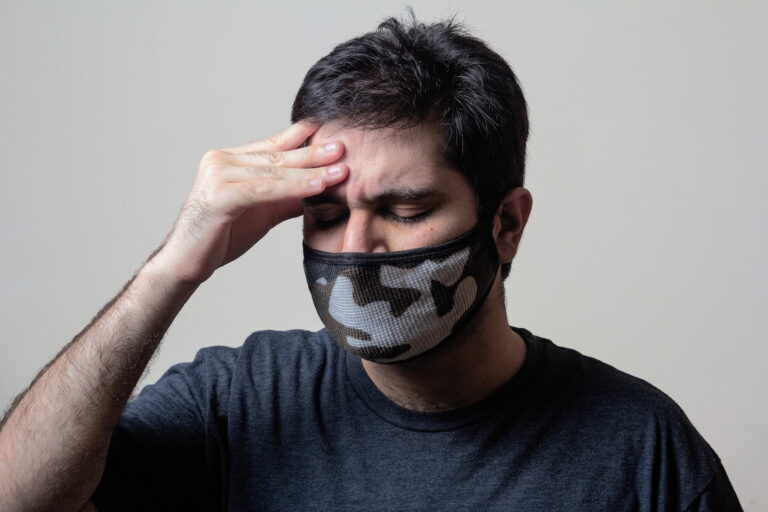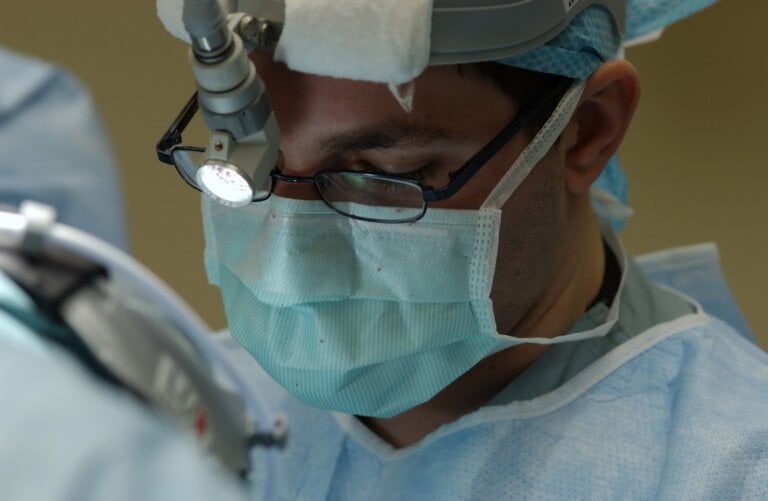Taking Matters into Your Own Hands: Effective Techniques for At-Home Ear Wax Removal
Ear wax, also known as cerumen, is a waxy substance produced by the ceruminous glands in our ear canal. While it plays an essential role in keeping our ears lubricated and protected, excessive build-up of ear wax can cause discomfort and even lead to hearing problems. If you’re looking for effective ways to remove ear wax at home, in this article we’ll explore various techniques and tips.
Understanding the Importance of Ear Wax Removal
Before we delve into the techniques, it’s crucial to understand why removing excess ear wax is necessary. When ear wax accumulates in the ear canal, it can harden and block the passage, resulting in reduced hearing ability, a feeling of fullness or pressure in the ear, earache or discomfort, tinnitus (ringing in the ear), and dizziness or vertigo. These symptoms can significantly impact your quality of life and overall well-being.
By seeking the advice and treatment of trained ear wax removal practitioners you can improve your hearing, relieve discomfort, and prevent potential complications. For some, it may not be possible to access professional treatment and in these cases at home wax removal methods may be recommended. This article will help you understand safe ways to self-treat excess ear wax and maintain the health of your ear canals.
At Home Cleaning: The Do’s and Don’ts
When it comes to cleaning your ears at home, it’s essential to follow certain guidelines to avoid causing any harm. Here are some do’s and don’ts for ear cleaning:
Do’s:
- Use a damp cloth: Gently wipe the outer ear with a warm, damp cloth to remove any visible wax or debris. This helps maintain cleanliness and prevent the build-up of wax in the ear canal.
- Try over-the-counter ear drops: Use specially-formulated ear drops to soften the ear wax and facilitate its removal. These drops often contain ingredients like hydrogen peroxide or sodium bicarbonate that help break down the wax and make it easier to remove. Some work better than others, see below for our advice on which is best to use.
- Seek professional help if necessary: If you’re unsure about the best approach or are experiencing severe symptoms, it’s always best to consult a healthcare professional. They can provide you with personalised advice and guidance based on your specific situation and they have the expertise to address complex cases. Attending an appointment for professional ear wax removal using microsuction and/or manual instruments is the safest way to effectively remove any blockage.
Don’ts:
- Insert objects into your ear: Avoid using cotton swabs, hairpins, or any other objects to remove ear wax, as they can push the wax deeper into the ear canal and potentially cause injury or damage. These objects also increase the risk of puncturing the eardrum.
- Use ear candles: Despite popular belief, ear candles are not safe and can lead to burns or perforation of the eardrum. Avoid using them for ear wax removal as they have no scientific evidence to support their effectiveness.
- Use a bulb syringe: A bulb syringe attempts to flush out the wax with warm water by gently squeezing the bulb syringe to release a steady stream of water into the ear canal. Bulb syringes can be used at home, but it is important to bear in mind that the ear drum is very delicate and can be ruptured if too much force is used. This method is just as likely to push the wax further in as it is to get the wax out.
- Use an Ear wax removal kit with ear camera: There has been an increase in the number of cheap ear wax removal kits with ear cameras available to purchase online. These kits typically include a basic ear camera with a curette or ear scoop attachment, they claim to allow the user to use the camera to visualise the wax and use the scoop to remove it. We have seen increase in the number of individuals attending our clinics for microsuction having attempted at-home ear wax removal using these kits. It is often found that instead of removing the wax, users often end up compacting the wax and pushing it further in to the ear canal. The definition and magnification of the ear camera is limited with the user not confident in identifying the delicate structures of the ear correctly. This means there is a much higher risk of injury or damage to the ear canal or ear drum. In addition, it is not possible to keep the camera or ear scoop sterile, increasing the risk of infection.
Different Types of Over The Counter Ear Drops
Here are some of the advantages and disadvantages of commonly used over the counter ear drops.
Olive Oil
One of the simplest and safest methods to soften ear wax is by using oil. Olive oil is a natural product and has wide daily applications. As such, no side-effects have been reported with this product or with this product interacting with other medicines. There are no known side-effects from over or under dosing with this product. However, this product should not be used if you have known allergies to vegetable or mineral oils. Follow these steps:
- Choose the right oil: Sterile, pharmacy grade olive oil is recommended. Using those in spray form such as Earol allows for the delivery of a discrete dose of olive oil into the outer ear reducing over application and allowing the oil to penetrate deeper into the ear canal softening and lubricating the ear wax making it easier to remove.
- Warm the oil: Earol is most effective when warmed in the palm of your hand and shaken before use.
- Open the ear canal: Pull the upper ear or pinna upwards and backwards when applying Earol. This helps to straighten the ear canal allowing for the olive oil to target the wax more effectively.
- Apply the oil: Apply one to two applications of Earol then gently massage the tragus in front of the ear to ensure the oil covers the wax evenly.
- Repeat: Repeat the process with the other ear if necessary.
Sodium Bicarbonate
While many people can use sodium bicarbonate drops without any harm, we see a significant number of patients with a sensitivity to the active ingredient. This can occur especially when the drops are used for more than the recommended 5 days, or where the patient has dry skin.
The ear canal surface is meant to be acidic in order to prevent the growth of bacteria. Sodium bicarbonate is alkaline, and reduces the acidity of the ear canal surface.
In many instances, excessive sodium bicarbonate use can strip away the acidic protective layer of the ear canal leading to peeling skin. This will make the skin sore and leave the ear susceptible to infection, especially in the elderly. At Hearing First, we only recommend Earol spray for regular at home use.
Hydrogen Peroxide
We strongly advise against the use of peroxide-based ear drops. While many people can use them without any harm, we see a significant number of patients with severe sensitivity to the peroxide ingredient. In these people, the ear canal becomes red and inflamed and the canal skin peels off just like a severe sunburn. This will make the skin sore and can make the wax removal process very uncomfortable. At Hearing First, we only recommend Earol spray for at home use.
Prevention Tips for Ear Wax Build-Up
Prevention is key to avoiding excessive ear wax build-up and the associated discomfort. Here are some tips to help you prevent the problem:
- Use olive oil: Earol can be used once a week as a way of maintaining soft ear wax and healthy ears.
- Avoid excessive cleaning: Avoid inserting objects into your ears to clean them, as this can disrupt the natural process of ear wax removal. The ears are self-cleaning organs, and excessive cleaning can actually push the wax deeper into the ear canal.
- Keep ears dry: Dry your ears thoroughly after swimming or taking a shower to prevent moisture build-up, which can lead to excessive wax production. Use a clean towel or a blow dryer on the lowest setting to gently dry the outer part of your ears. If you are a regular swimmer or suffer from regular ear infections or discomfort, you may wish to consider the use of custom made swim plugs to prevent water entering the ear canal.
- Regularly clean hearing aids: If you wear hearing aids, make sure to clean them regularly to prevent wax accumulation and blockage. Follow the manufacturer’s instructions for cleaning and maintenance, and consult your audiologist if you need further assistance.
- Do not ignore symptoms: If you experience any ear-related symptoms, such as reduced hearing or discomfort, seek professional advice promptly to prevent further complications. Early detection and intervention can help resolve wax-related issues before they worsen.
By following these prevention tips and adopting safe and effective techniques for ear wax removal, you can maintain healthy ears and ensure optimal hearing function. Remember, everyone’s ears are unique, and what works for one person may not work for another. If you have any concerns or doubts, always consult a healthcare professional for guidance and assistance.
Disclaimer: This article is for informational purposes only and should not replace professional medical advice.







